No products in the cart.
Beginner’s Guide to Cooking: How I Started Without Feeling Lost in the Kitchen
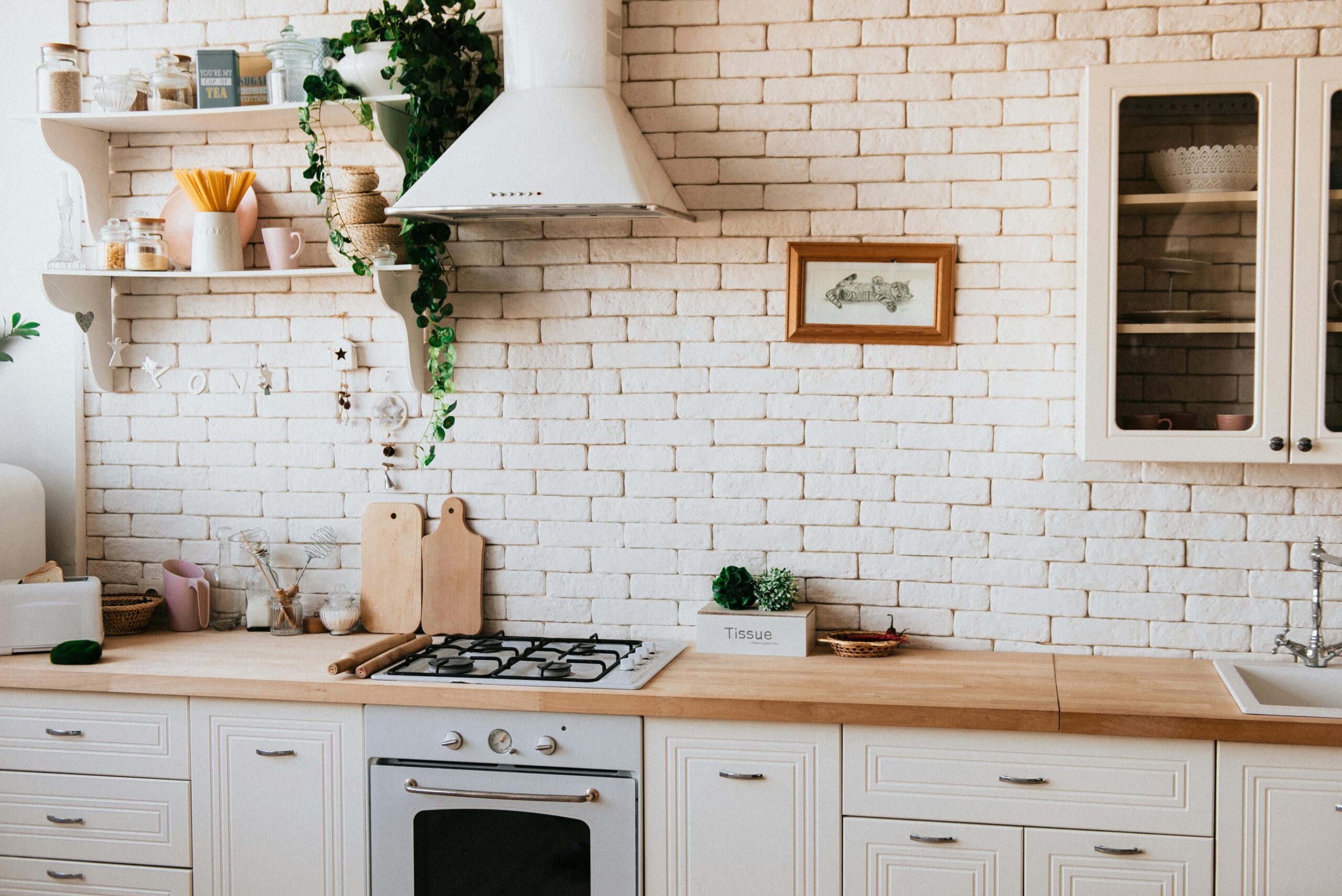
Photo by Dmitry Zvolskiy: https://www.pexels.com/photo/chopping-boards-near-oven-under-hood-2062426/
In psychology, there’s a concept called Cognitive Behavioral Theory—basically, the idea that our thoughts influence our actions. I didn’t know that back then, but looking back, I can see how it played out for me when I decided to start cooking.
Automatic Thoughts:
“I can’t cook, I’ll just mess it up again and waste food.”
“If I can’t even fry an egg, how can I cook anything else?”
“I’m never going to be able to cook well.”
Challenging the Thoughts:
“I once believed I wasn’t good with a needle and thread, but I managed to pick up embroidery—cooking can work the same way.”
“If I start really small, the task won’t feel overwhelming.”
New Beliefs:
“It’s okay if I make mistakes, that’s how learning works.”
“Cooking is a skill that can be learned.”
Conviction (strengthened belief):
“I am capable of learning how to cook.”
“Wasting a bit of food while practicing isn’t failure, it’s investment in learning.”
Identity Shift:
“I will be able to cook well.”
“Mistakes don’t define me—they help me gain more knowledge.”
But then came the last step in the CBT flow—Action.
I had the mindset down, walked to my pantry, and got overwhelmed very quickly because the insecurities and doubts started creeping in:
“What do I even cook?”
“Do I need to buy a bunch of stuff first?”
“What if it tastes bad?”
Overwhelm mode: activated.
More often than not, I’d give up right there, grab my phone, and order takeout or ask my mother to cook for me. And you might be asking: “didn’t you go through the whole CBT flow, shouldn’t you be able to push on?” Well, yes, in theory. But in real life, transitioning through CBT is messy and full of setbacks.
So what happened next? I didn’t give up, but I also didn’t take action right away—not because I felt incapable, but because I didn’t know how to take the first step. There’s too much information out there (Google, YouTube, people’s personal advice and etc), and none of it resonated with me. The big question I kept asking myself was: “Where do I even begin?”
Then the pandemic hit. And so did my will to learn how to cook—because now was the best time to become self-reliant. Nothing like a push when you’re in the thick of it. So I went back to step one and started again.
Here’s what I did:
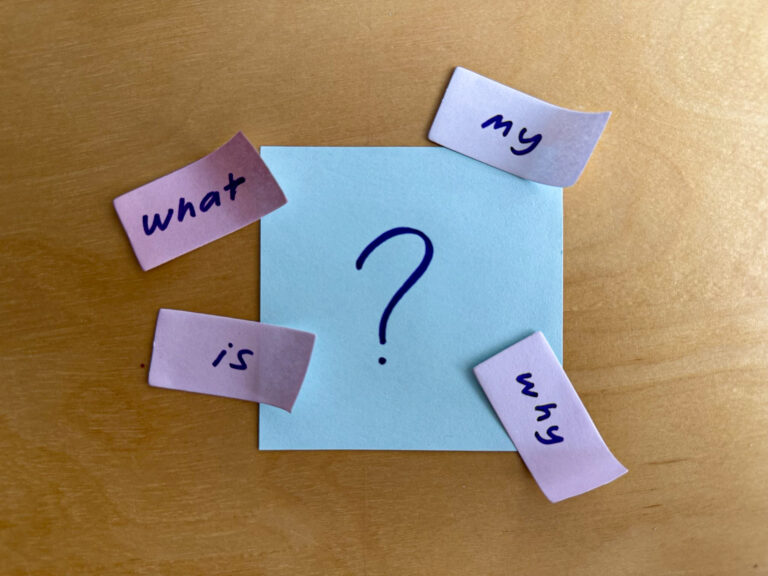
Finding My “Why”
I had to be honest with myself about what I struggled with most. For me, something that bugged me a lot was a couple of family members making fun of me when I burnt an egg at 15 years old. Ironically, at the point when I started cooking in my mid-twenties, eggs were still my weak point—so that became my starting point.
Instead of trying to jump ahead, I tackled one weakness at a time. No matter how small or insignificant—like learning how to fry an egg—I went slow and steady.
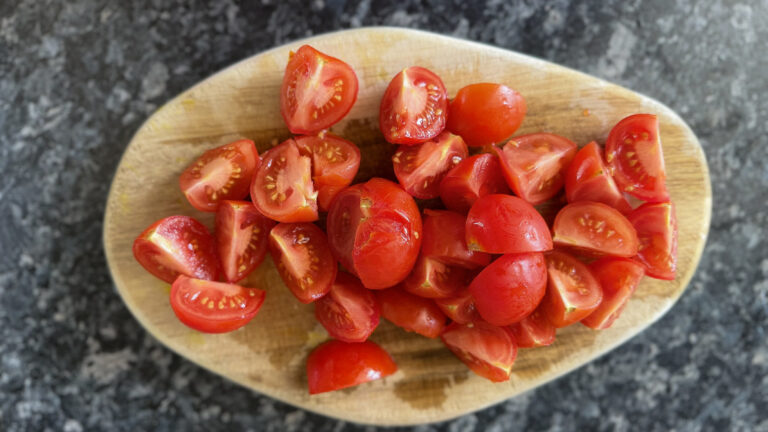
I Went Back to Basics
The first thing I had to do was understand why I even wanted to start cooking. At first, it sounded silly, but intention mattered more because I knew I needed a long-term reason instead of a short-term one to push through the difficult and challenging moments.
To figure out my long-term reason, I listed my short-term reasons first. Since I love food and I’m a foodie at the core, it was important to me that I could cook my favorite food, takeouts etc. I wanted to think of something I wanted to eat and be able to walk to the kitchen and make it without getting overwhelmed. I wanted to cook dishes from around the world (since I love to try different food from other cultures) and be able to rely on myself to prepare my own food.
From there, I was able to see my long-term reason: to be able to rely on myself and to have control over my food.
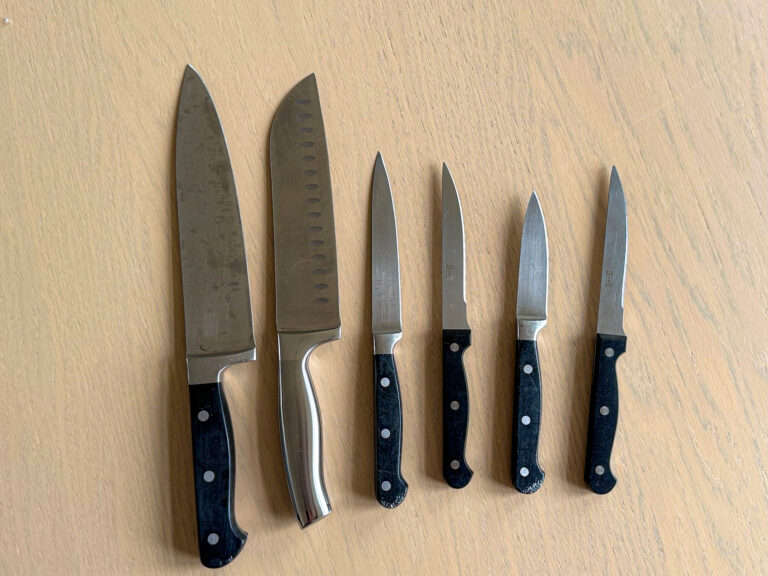
I Learned Knife Skills
The next skill for me was learning how to use a knife properly and safely because I knew if I wanted to start cooking, this was a no-brainer.
When I first started cooking, I would just randomly grab any knife I could find and start cutting—it didn’t matter even if it was blunt. My early “knife philosophy” was, “A knife is a knife—it will cut.” While technically true, a blunt knife won’t cut well, and I learned this the hard way. I cut myself multiple times and would have shocked Pikachu reactions as to how a blunt knife could cut me since it was, well, blunt.
So then I got some new knives—ones suitable for cutting produce and meat—and I was so surprised at how smooth the experience was. I literally didn’t even have to put much pressure on, and it was a lot easier to cut.
I also had to learn finger placement through YouTube videos because I didn’t want to lose my fingers. My new knives were really sharp, and I was scared. So I learned that tucking my fingers in and keeping my knuckles slightly forward let the blade glide safely without cutting me.
Another thing I realized—speed is not my friend when learning. I used to get caught up watching Gordon Ramsay’s shows, and I wanted to chop like lightning. I thought if I could chop that quickly, it meant I had mastered my knife skills. Silly, I know. Speed definitely comes with practice naturally, but it’s not a measure of mastery. I’m still not that fast now (definitely faster than when I first started).
Over time, I started picking up the different ways to chop, slice, and dice. I didn’t get them all at once, but little by little, I noticed how much it improved the cooking process. As much as I thought, “As long as it’s cut, it’s enough,” I quickly learned that knife skills can definitely make your food taste better too—and honestly, it felt kind of good seeing my knife skills grow.
I Figured Out What to Cook
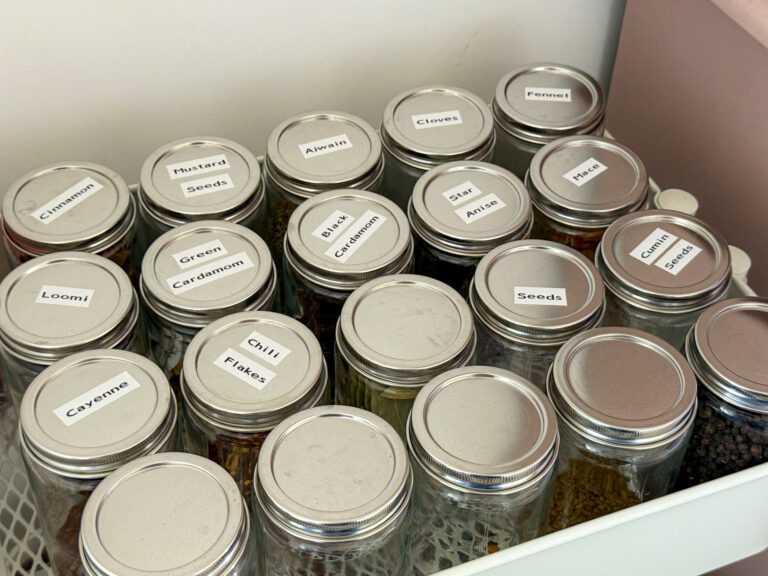
But hey, knowing my “why,” going back to basics, and learning knife skills were all great—but that dreaded question, “What’s for dinner?” still needed an answer daily.
To avoid overwhelm and not fall back into old takeout habits, I started considering three things before choosing a recipe:
My level – I stopped trying to make recipes that were complicated either in preparation, cooking, or ingredients. Instead, I started with very easy recipes—something that wouldn’t overwhelm me too much.
My comfort zone – I’ve always been a big believer in stepping outside my comfort zone, but when it came to cooking, I learned I had to master the comfort zone first. For me, that meant sticking to the foods I already enjoyed and knew a little bit about. That way, I wasn’t aimlessly Googling random recipes and drowning in options—which I had definitely done before, and it led me nowhere.
My pantry – I also made the mistake of trying to stock up my pantry all at once. I spent money on things I didn’t know how to use, and some of them sat there until they collected dust. If I could go back, I’d tell myself to start small. What helped me later was focusing on ingredients I already had experience with, and then challenging myself little by little—maybe picking one or two new ingredients I kept seeing in recipes and experimenting with them for a month in different ways. That’s how I slowly built up my pantry with things I actually knew how to cook with, instead of just-sad-used-once-covered-in-dust ingredients.
Over time, those small steps built up. My pantry was filled with ingredients I actually knew how to use, my skills grew little by little, and I finally started to enjoy cooking instead of being overwhelmed by it.
Now, as a food content creator, I’m always thinking outside the box—how I can make recipes diverse, creative, and approachable (a.k.a. easy) for the next person who was in the exact same spot as me many years ago.
I’m sharing all of this because I know how overwhelming it feels to start. I want you to know it’s possible to get past that and be a confident and knowledgeable home cook.
I’ll be sharing another post soon on what I actually used to start cooking (utensils, pans, pantry basics). Spoiler: it’s a lot less than you think. Join my mailing list and socials to get updated when it does!
I’d love to know if this article has been helpful for any of you just starting your cooking journey. Tell me in the comments below!
See you in the next post!
P.S.: If you’re still stuck and need assistance, drop your questions in the comment below or use the contact form here, and I’ll help you out.
Cupcakes & Lattes,
Minaa ❤️


Leave a Reply